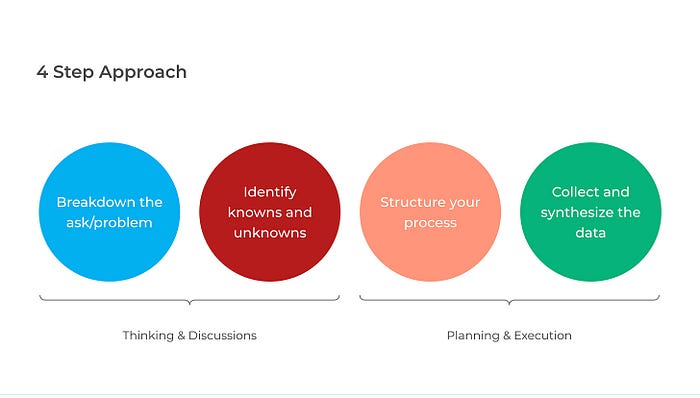The Design Process Strategy That Distinguishes Experts from Amateurs
Avoid Shallow Designs That Miss User Needs. Master These Research and Problem-Solving Techniques Before Jumping Into UI
2 min read5 days ago

1. Use UX Research & Data-Driven Insights
- Leverage customer journey mapping, user personas, and qualitative research to ensure design decisions are backed by real user insights, not assumptions.
- A data-driven UX process leads to higher usability, better user engagement, and scalable design solutions.

2. Prioritize Problem-Solving Over Polished Mockups
- Many designers jump straight into UI design, but without understanding user needs and pain points, the final product lacks real-world impact.
- A strong UX process starts with problem breakdown, identifying knowns and unknowns, and structuring a research-driven approach before moving into design.
3. Thinking Before Designing Leads to Better UX Outcomes
- Before executing designs, take the time to brainstorm, map user flows, and validate design assumptions. A structured UX research process improves decision-making and creates intuitive user experiences.
🚀 Want to Improve Your UX Process?
- Check out DesignAlpha 🙂: Design Thinking Masterclass
